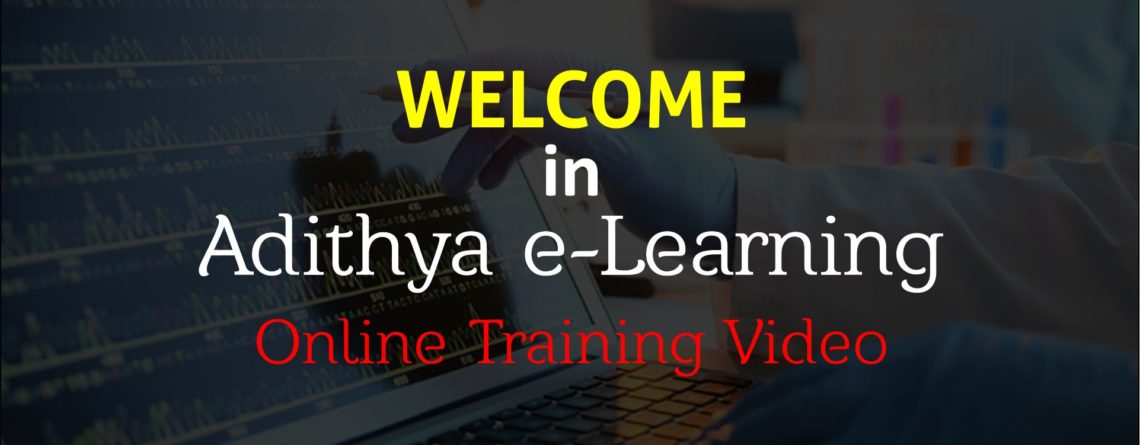SAS Certified Platform Administrator Certification in India
| SAS A00-250 Exam Summary: | ||
| Exam Name | SAS Certified Platform Administrator for SAS 9 | |
| Exam Code | A00-250 | |
| Exam Duration | 3hrs | |
| Exam Questions | 70 multiple-choice and short-answer questions | |
| Passing Score | 70% | |
| Exam Price | $180 (USD) | |
| Training | Getting Started with the Platform for SAS Business | |
| https://support.sas.com/edu/schedules.html?ctry=us&id=3087 | ||
| Analytics | ||
| https://support.sas.com/edu/schedules.html?ctry=us&id=3087 | ||
| SAS Platform Administration: Fast Track SAS Platform | ||
| https://support.sas.com/edu/schedules.html?ctry=us&id=2737 | ||
| Administration: Metadata Administration SAS Platform | ||
| https://support.sas.com/edu/schedules.html?ctry=us&id=3055 | ||
| Administration: System Administration | ||
| https://support.sas.com/edu/schedules.html?ctry=us&id=3056 | ||
| Exam Registration | Pearson VUE | |
| Sample Questions | SAS Platform Administrator Certification Sample Question | |
| Practice Exam | SAS Platform Administrator Certification Practice Exam | |
| SAS A00-250 Exam Topics: | ||
| Objective | Details | |
| Securing the SAS configuration | – Regularly manage and apply hot fixes. – Apply SAS maintenance packs. – Perform SAS license updates | |
| Monitoring the Status and Operation of SAS Metadata Servers | – Explain the functionality of the object spawner. – Use the Server Manager plug-in to monitor SAS servers. – Use Environment Manager to evaluate the resources available on the SAS servers. |
|
| Monitoring, Logging, and Troubleshooting SAS Servers | – Change logging levels and locate logs. – Enable trace logging. – Explain the difference between default logging and customized logging. – Utilize dynamic logging. |
|
| Backing Up the SAS Environment | – View backup and recovery history. – Run an immediate (ad hoc) backup. – Customize backups. – View information about backup and recovery sources. |
|
| Administering Users | Determine when to store passwords in the metadata.
Manage internal SAS accounts. Identify SAS server authentication mechanisms. |
|
| Administering Data Access | Pre-assign a library.
Troubleshoot data access problems. Use the metadata LIBNAME engine |
|
| Managing Metadata | – Use the metadata folder structure to manage access to metadata.
Create and use Access Control Templates. |
|
SAS Platform Administrator Course Content, Material and Course Online Training and Videos Details are available Click here


